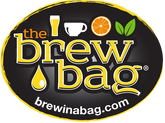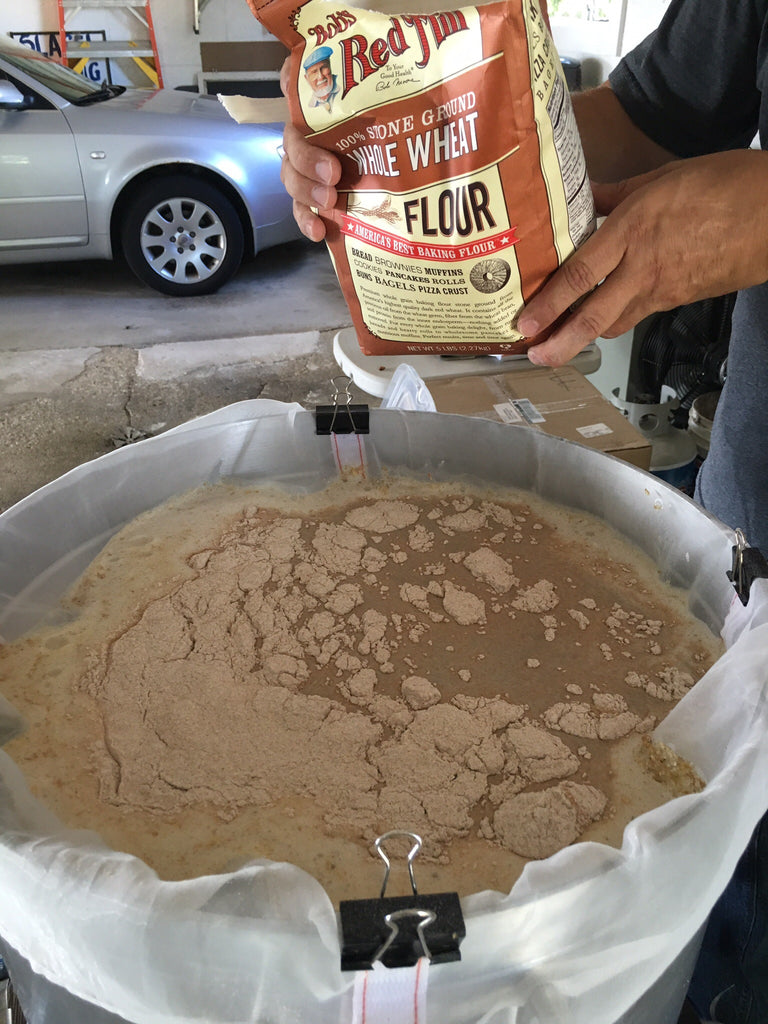The Brew Bag Blog — hop spider
Brew In A Bag Video Series by The Brew Bag founder Rex Slagel
BIAB brew in a bag fabric for a brew bag grain crush hop spider how to brew Insulation lost temperature brew in a bag making a brew bag making beer mash no sparge sparge sparging stuck sparge The Brew Bag voile water to grain ratio wort filter
We've seen a good many videos showing how to use a fabric filter to brew in a bag, but there aren't any that detail why this works so well. Here you'll find a bit of science along with some practical information to make great beer in about 3.5 hours using minimal equipment.
Brewing Process Logic - A Comparison of Methodology
BIAB brew in a bag hop spider how to brew mash tun no sparge sparge sparging The Brew Bag wort
The Brew Bag vs Paint Strainer and Muslin Bags.
BIAB brew in a bag brew in a bag bags fabric for a brew bag home brewing hop spider making a brew bag paint strainer brew in a bag paint strainer for beer The Brew bag voile wort
Hop Spider VS The Brew Bag
BIAB BIAB making brew in a bag efficiency of beer hop spider hop utilization how to brew making beer voile wort
The utilization is influenced by the vigor of the boil, the total gravity of the boil, the time of the boil and several other minor factors. The vigor of the boil can be considered a constant for each individual brewer, but between brewers there probably is some variation. The gravity of the boil is significant because the higher the malt sugar content of a wort, the less room there is for isomerized alpha acids. The strongest bittering factors are the total amount of alpha acids you added to the wort, and the amount of time in the boil for isomerization. Understandably then, most equations for IBUs work with these three variables (gravity, amount, and time) against a nominal utilization. As mentioned earlier, the utilization for alpha acids in homebrewing is generally accepted as topping out at about 30%.
http://www.howtobrew.com/section1/chapter5-4.html

